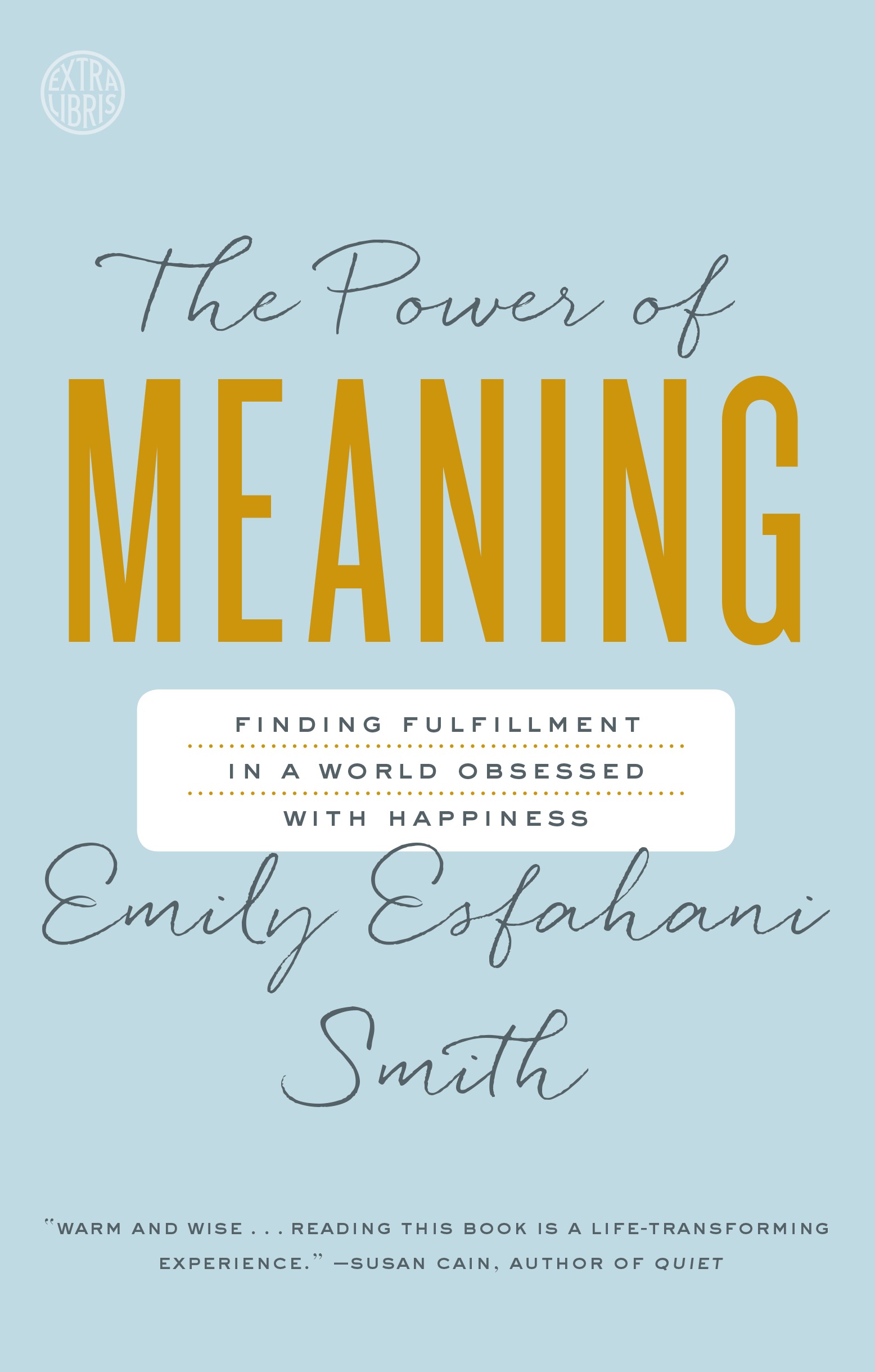But who shall analyze even the simplest Roman impression? It is compounded of so many things, it says so much, it involves so much, it so quickens the intelligence and so flatters the heart, that before we fairly grasp the case the imagination has marked it for her own and exposed us to a perilous likelihood of talking nonsense about it.
—Henry James, Italian Hours (1909)
Here Christ appeared to his fleeing Vicar; here Peter was crucified; here Paul beheaded; here Lawrence burned.
—Petrarch, Rerum Familiarum Librum Libri (ca. 1350)
When Eleanor Clark was sixteen, waiting for an admissions letter from Vassar, she spent a “head-over-heels” year in Rome. Her love affair with the enigmatic city grew even deeper when, as a grown woman in 1947, she went back on a Guggenheim Fellowship to write a novel. But Rome was too distracting. In an interview with the book critic John Barkham, Clark remarked, speaking generally about the modern world, “One lives under a variety of shocks and stresses: it is hard for the novelist to compete with what is going on around him.” How devastating, then, Rome must have been with its “impossible compounding of time, in which no century has respect for any other and all hit you in a jumble at every turn,” as she would write.
Clark’s Rome is terrifying to the “foggy modern eye.” To encounter this city, which contains the whole of Western culture, is “an assault on the senses” so “total and terrible” that, “for the delicate sensibility,” it is “all scandal and death”—a “sack from within.” How could so much be contained in one city, in one word, in one idea—Rome?
Consider the Basilica of San Clemente, named after St. Clement (92–101 AD), who was the third successor to Peter as Pope in Rome and the author of an Epistle to the Corinthians. Here, as elsewhere in Rome, history unveils itself layer by layer. The Catholic basilica that exists today, originally constructed around 1100 AD, was built on top of a Fourth Century church that was converted from the home of a Roman nobleman. That home was built on the foundations of a Roman building that was otherwise destroyed in the great fire of 64 AD. The Roman nobleman’s home had been, for a short period of time in the First Century, a forbidden site of Christian worship, while its damp cavernous basement, with its tunnels and running water, was used in the Third Century as a Mithraeum, a place where Romans secretly practiced the Persian mystery religion of Mithraism. Then, in 313 AD, Constantine’s Edict of Milan changed the world by allowing Roman subjects to practice Christianity and other religions in peace. “When we fall in love with Rome,” Clark said in a 1978 interview, “we are obviously in love with the past, with history.” Continue reading at The New Criterion.

